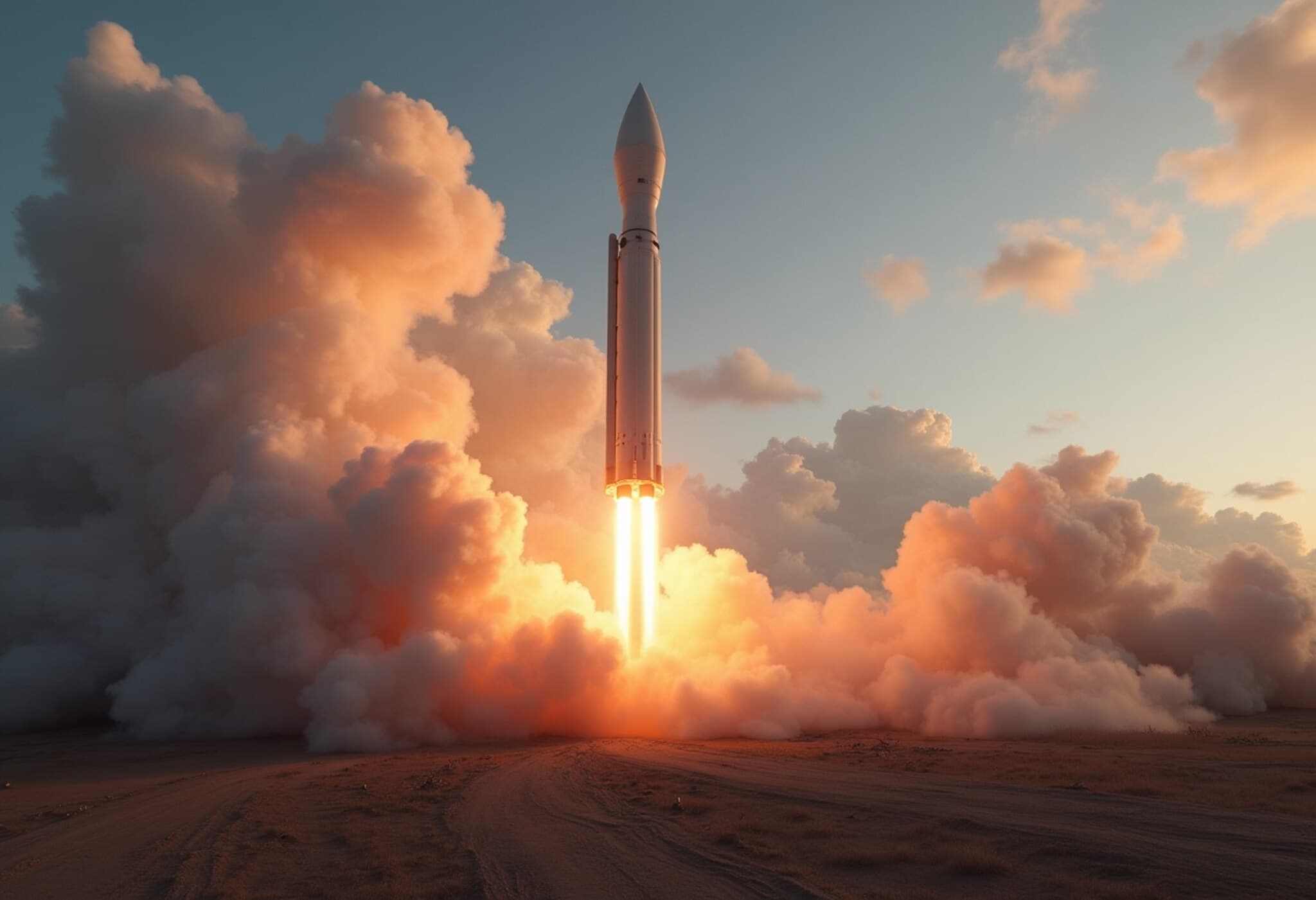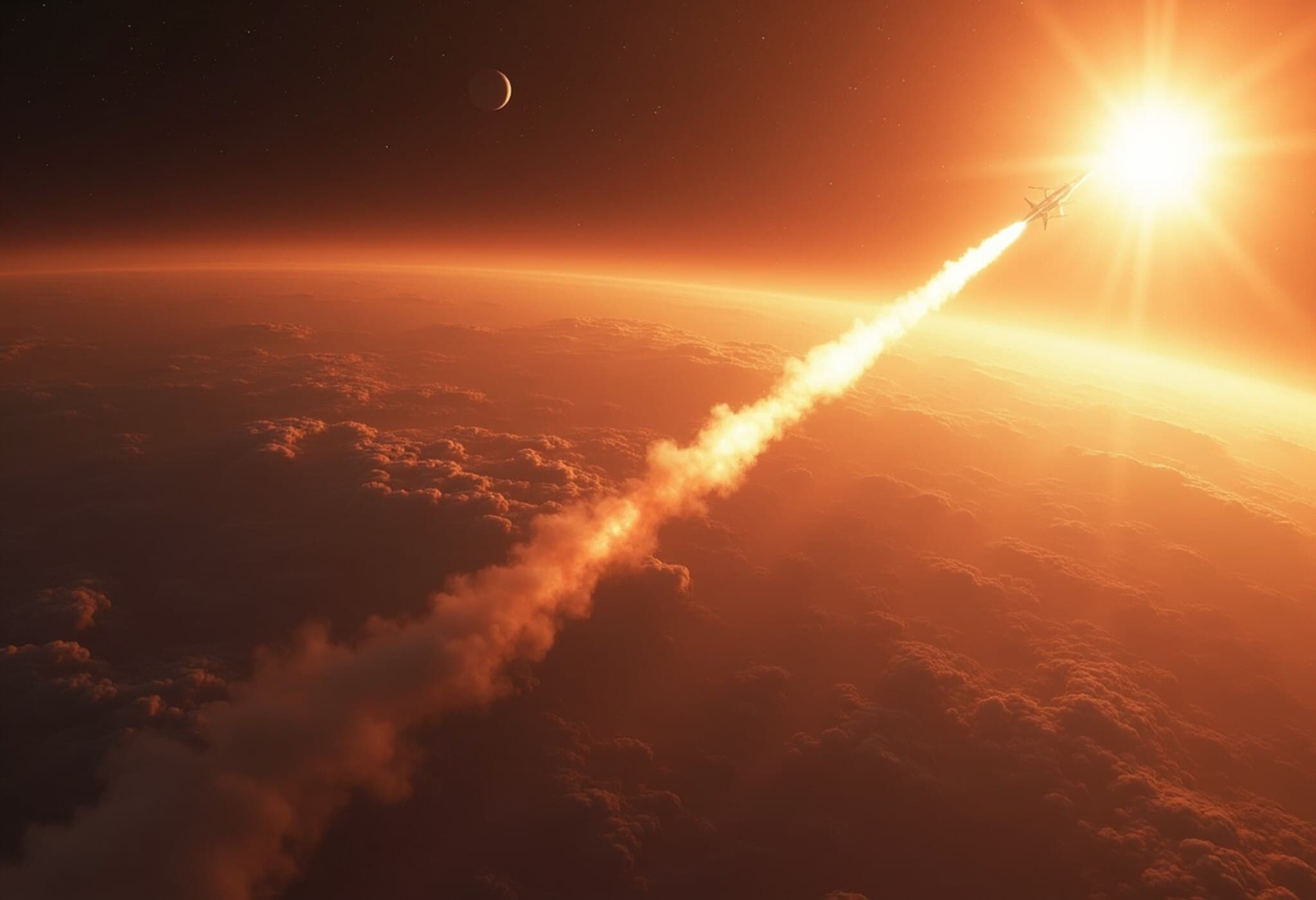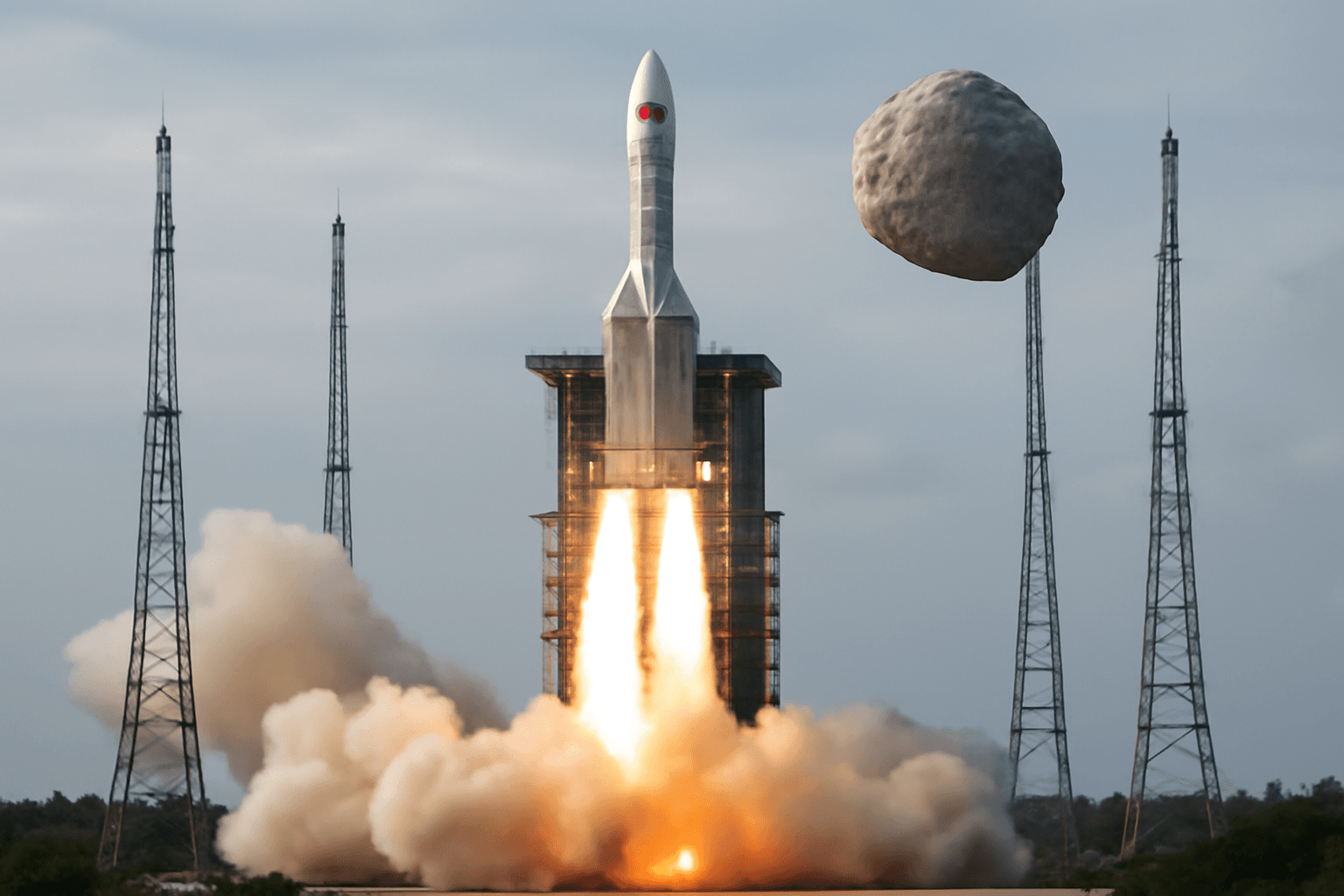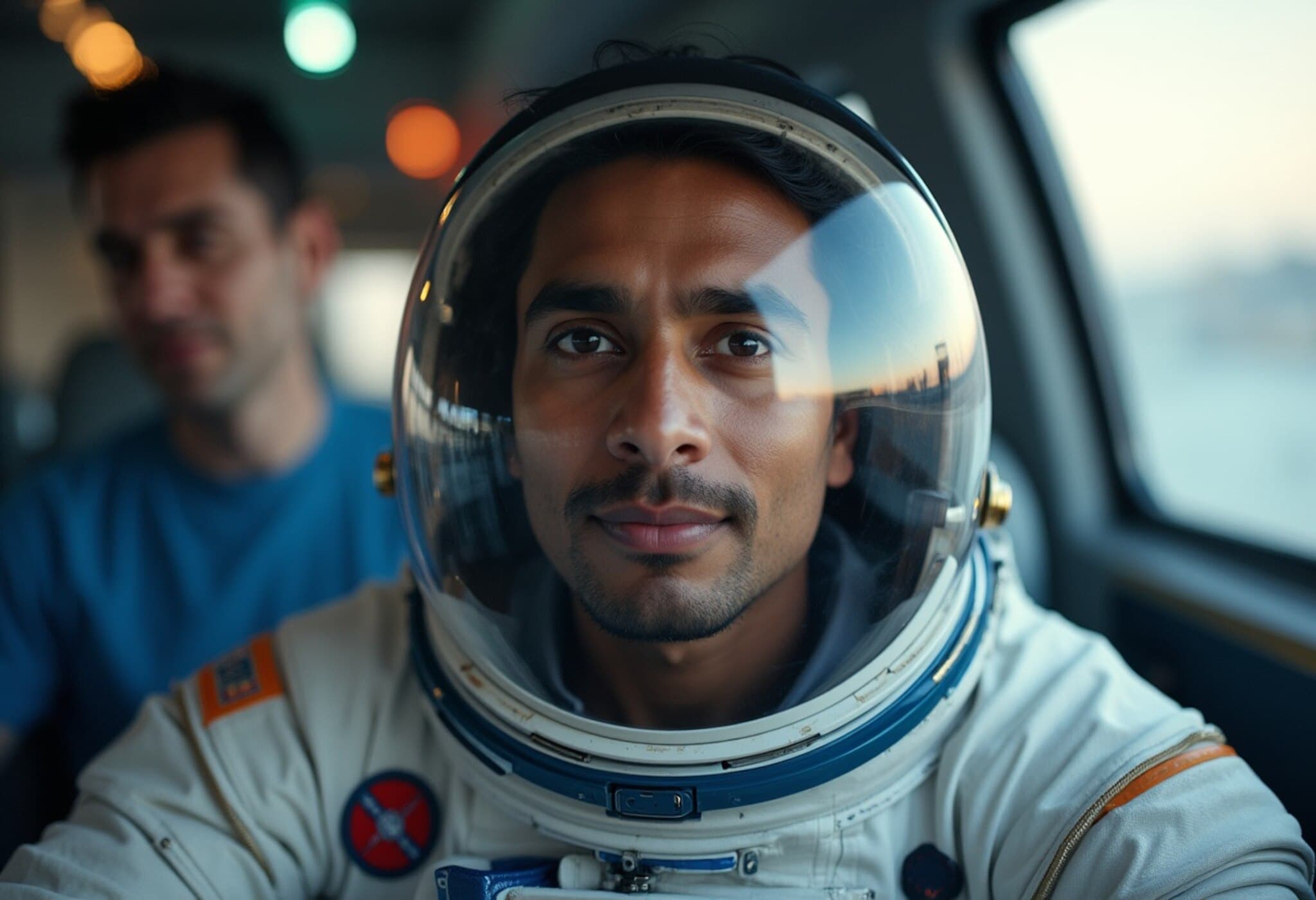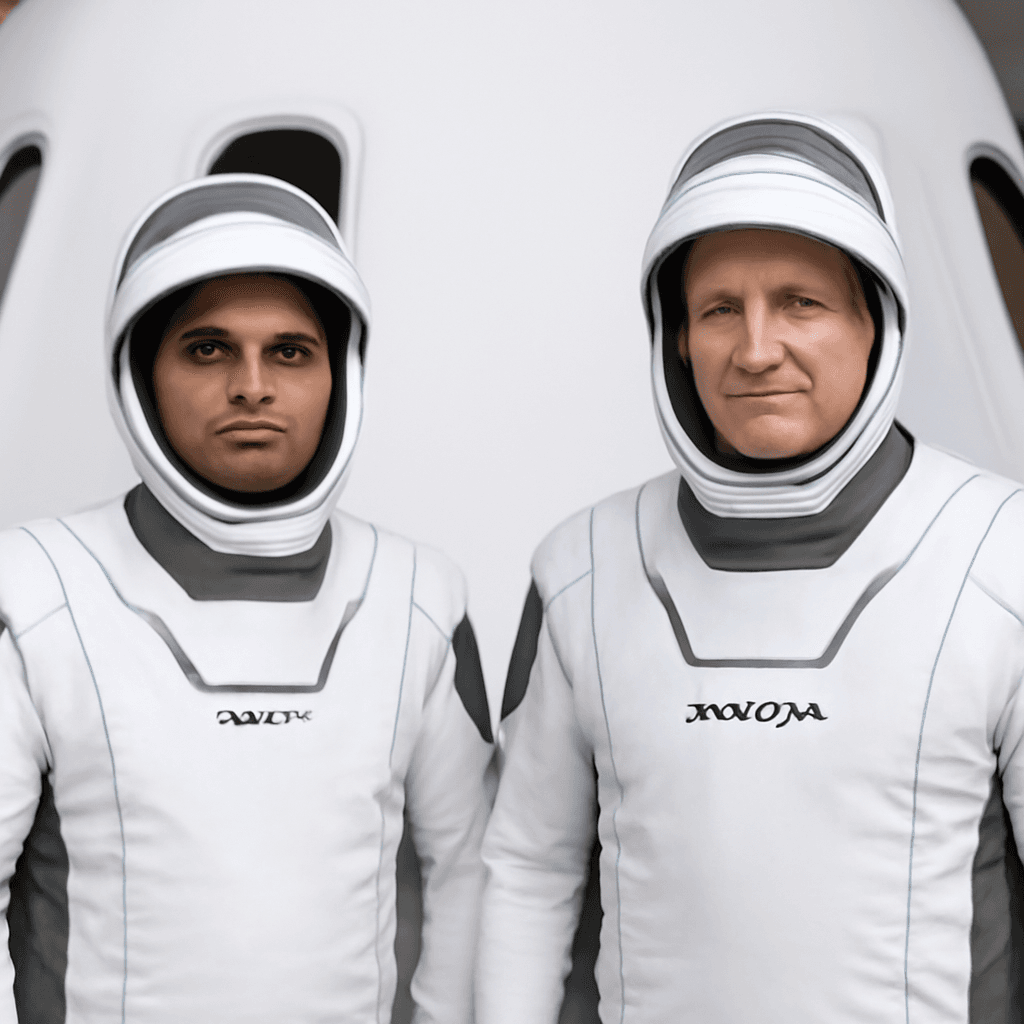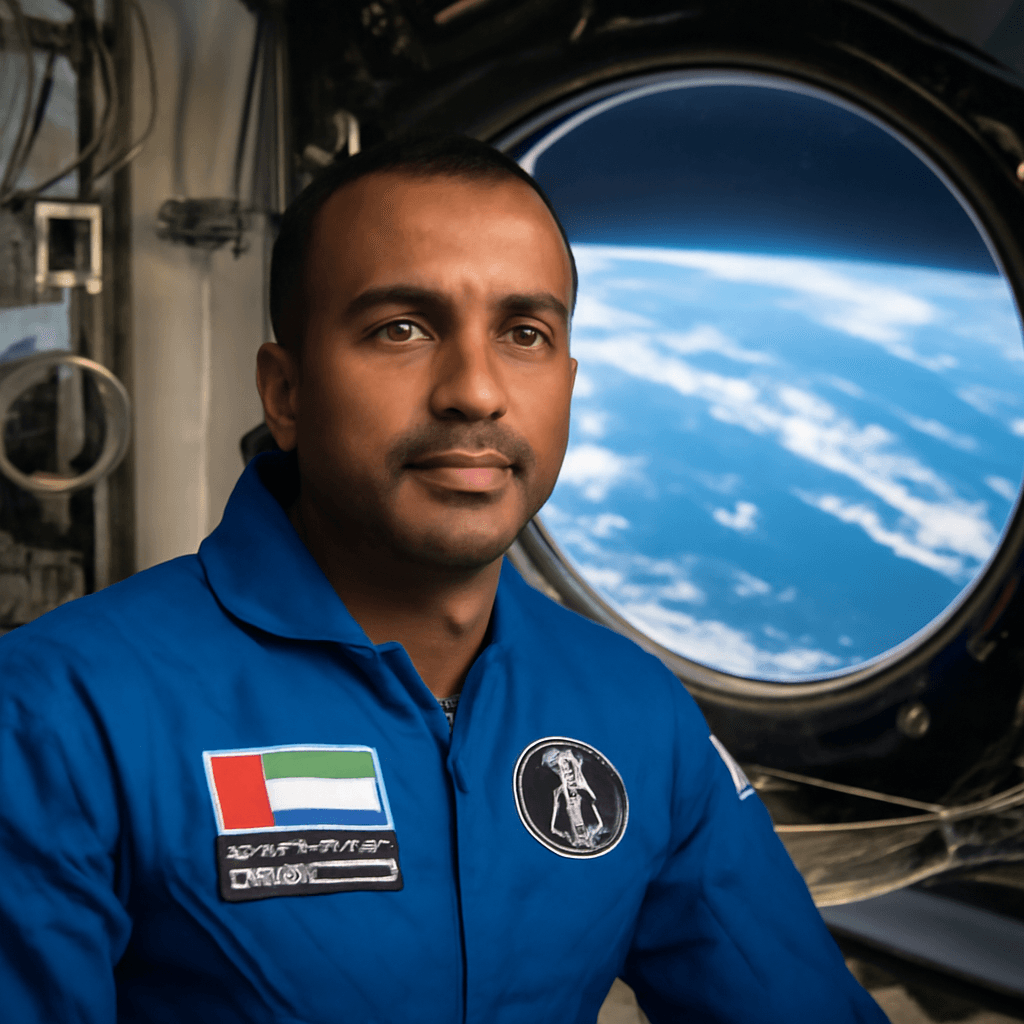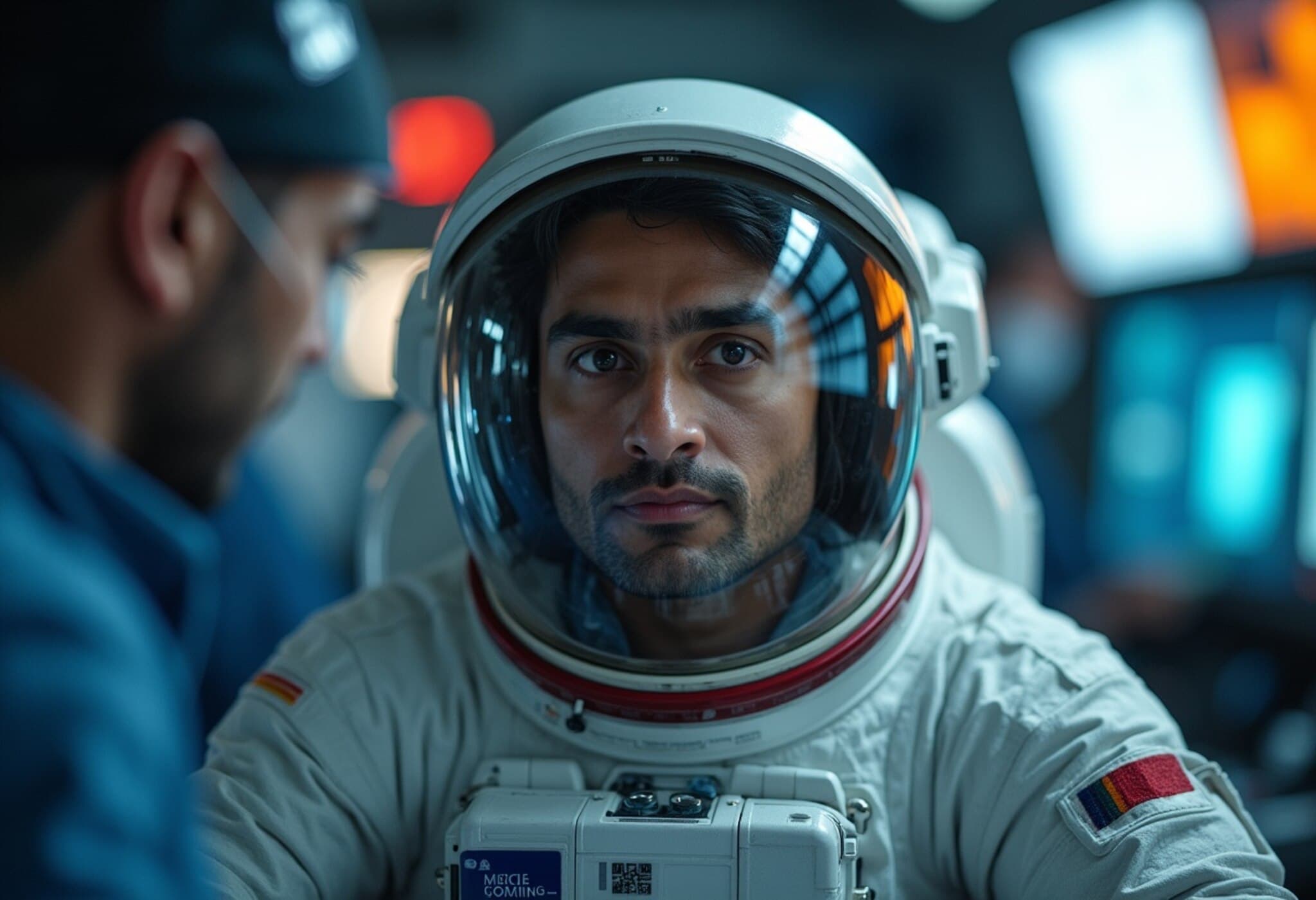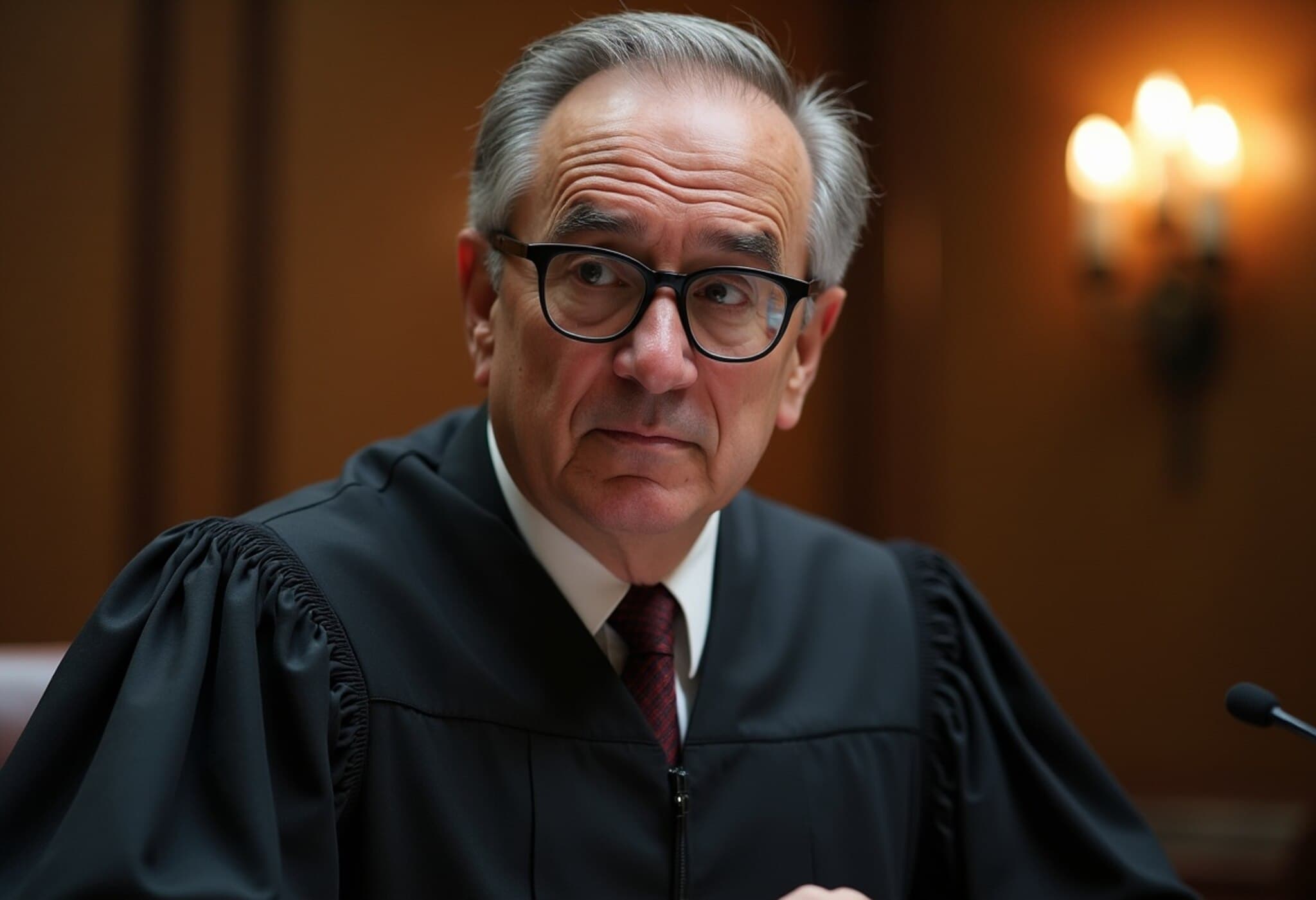Historic Australian Orbital Rocket Launch Ends Prematurely
In a groundbreaking milestone for Australian aerospace, the maiden flight of Gilmour Space Technologies’ Eris rocket lifted off from a launch site near Bowen but crashed after just 14 seconds of flight and 23 seconds of engine burn on Wednesday morning local time. Despite the brief flight, the event marks Australia’s first orbital launch attempt in over five decades and showcases a vital step toward developing the nation’s commercial space industry.
Aiming for Orbit: The Promise and Reality of Eris’ First Flight
The 23-meter (75-foot) Eris rocket, Australia’s first entirely domestically designed and built launch vehicle aimed at deploying small satellites into orbit, successfully ignited all four hybrid engines and ascended from the pad. Video footage captured the rocket clearing the tower, hovering momentarily, then falling out of sight amid plumes of smoke.
No injuries were reported at the launch site, and the infrastructure remained undamaged, underscoring a well-managed test campaign despite not reaching orbit.
Team Optimism and Technical Insights
CEO Adam Gilmour expressed measured optimism following the flight: “Of course, I would have liked more flight time but happy with this.” Earlier, the company had set modest expectations, considering any launch that lifted off successfully as a win given the formidable challenges of achieving orbit on a maiden private rocket attempt—something the firm admitted is “almost unheard of.”
Recent delays from weather and technical issues postponed prior test launches planned for May and earlier this month. However, the team now holds valuable flight data that will shape upcoming missions.
Local and National Implications
Whitsunday Regional Council Mayor Ry Collins hailed the launch as “a huge achievement” and described it as “an important first step towards the giant leap of a future commercial space industry right here in our region.” Such regional enthusiasm highlights Australia’s ambition to build a competitive space sector amid increasing global commercial space activity.
Government Support Fuels Australia’s Space Ambitions
Gilmour Space Technologies has recently secured notable federal backing, with a AU$5 million ($3.2 million) grant awarded this month specifically to advance the Eris rocket development. This follows a substantial AU$52 million grant in 2023 aimed at boosting novel space technologies nationwide.
The government’s strategic investments signal a commitment to positioning Australia as a player in the rapidly expanding small satellite launch market, against a backdrop of increasing global competition and geopolitical interest in space.
Contextualizing Australia’s Space Journey
According to aerospace insights from NASASpaceFlight, Australia has only witnessed two successful orbital launches prior to this attempt, though it has a long history as a launch site for hundreds of suborbital missions. Eris thus represents a new chapter seeking to establish local capability for full orbital access, a critical stepping-stone for indigenous technological sovereignty and commercial ventures.
Looking Ahead: What’s Next for Eris?
With TestFlight 1 complete and substantial data secured, Gilmour Space Technologies is already gearing up for TestFlight 2. Building upon lessons learned, the company aims to extend flight duration and ultimately achieve successful orbit insertion.
This iterative approach reflects the challenges inherent in breaking into orbital launches, often seen as a domain dominated by experienced state-backed agencies and a handful of established private players.
Expert Perspective: The Commercial Space Race’s Australian Frontier
From an industry analyst’s viewpoint, Australia’s emergence as a small-satellite launch hub aligns with growing demand for rapid, regionally based orbital deployment services. Gilmour’s hybrid rocket technology—combining liquid and solid propellant benefits—is innovative but still nascent, making each test critical.
Moreover, Australia's geographic advantages, such as remote launch sites with favorable trajectories, may attract future commercial customers aiming for cost-effective deployments to low Earth orbit.
Critical Questions Moving Forward
- How will Australia balance regulatory frameworks with accelerating private space sector growth?
- What measures ensure environmental and community impacts remain minimal as launch frequency increases?
- In what ways can public-private partnerships be leveraged to sustain long-term space infrastructure development?
Editor’s Note
While the Eris rocket’s initial crash may superficially seem a setback, its successful liftoff and safe recovery of personnel and infrastructure underscore a valuable learning experience for Australia’s burgeoning space industry. This launch represents more than a technical test—it signals Australia’s determined stride into an era where national space capabilities and economic opportunities converge. Observers should watch closely as TestFlight 2 and subsequent missions strive to transform this ambitious vision into orbit-bound reality.

